As is the case with everything else, a country’s judicial system evolves with time. The society goes through a lot of changes and to keep in tandem with it, the laws of the land need to be modified as well. Many cases in India have gained media attention and have left certain impressions not only on the public but the lawmakers as well.
Based on some cases, certain laws had to be created or modified, making them landmarks in our judicial history. Here are 7 such cases that led to the creation of new laws:
1. The Nirbhaya Case – Led to the change in the Juvenile Justice Act
On 16th December, 2012, a brutal case of gang rape & murder shook the nation. A 23-year-old girl was assaulted and raped in a bus. The criminals then threw her lifeless body onto the road.
There were 6 people involved, 5 adults and a juvenile, aged 17. The adults were sentenced to 10 years in prison, while one of them was found dead in his jail cell during the course of the trial. The juvenile was sent to correctional facility for 3 years.
But brutal acts in this case had shocked people beyond belief. There were protests to try him as an adult. This subsequently led to the replacement of our Juvenile Justice Act, 2000. The age bar to be tried as an adult was lowered from 18 to 16 years.
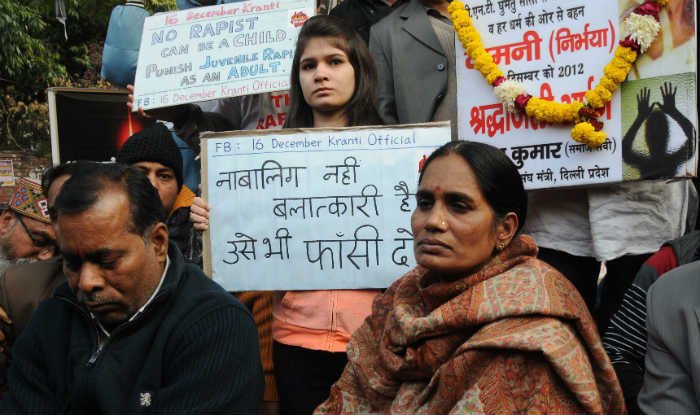
2. Shah Bano Begum vs Mohd Ahmed Khan – A win for secularism & Muslim women across the country
Shah Bano was a mother of five and aged 62 when she was divorced by her husband, Mohd Ahmed Khan, in 1978. She filed for alimony, which was against Islamic customs. The government, thus, ruled in favour of her husband.
The Supreme Court, however, keeping secularism and the welfare of women in mind, ruled in favour of Shah Bano. Thus, entitling her to maintenance under Section 125 of the Criminal Procedure Code.
This judgement now entitles all ex-Muslim wives to basic maintenance of 3 months from their ex-spouses, post which their care is handed over to their relatives or the WAKF board.
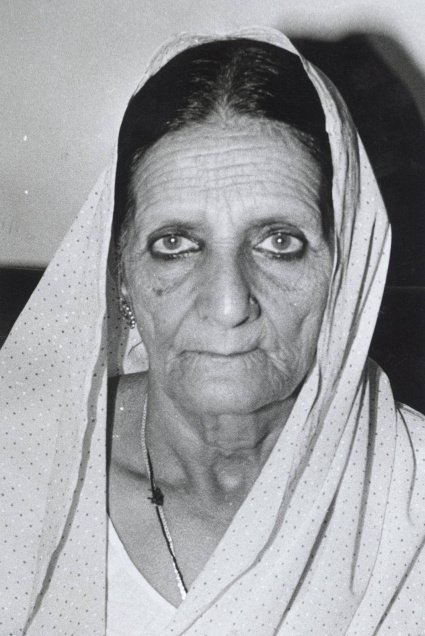
3. KM Nanavati vs State of Maharashtra – The death of jury trials
KM Nanavati was a naval officer. His wife, Sylvia, had an affair with his friend, Prem Ahuja. On 27th April, 1959, Sylvia confessed to her husband that she was in love with Ahuja, but he did intend to marry her. Nanavati then dropped his wife and children off at the theatre and went to confront Prem Ahuja. He asked him if he was willing to marry Sylvia & take care of the children. He refused, so Nanavati shot him dead and turned himself in.
The intriguing story received a lot of media coverage and the jury was said to have been ‘influenced’ by it. Nanavati’s connections with the influential families were also cited as reasons for the jury to rule in his favour.
The case then went to Bombay High Court, where the judge overruled the jury’s verdict and found Nanavati guilty of murder, and sentenced him to life imprisonment. He was however pardoned 3 years later. The case threw light on the fact that a jury could be influenced, thereby abolishing the jury system.
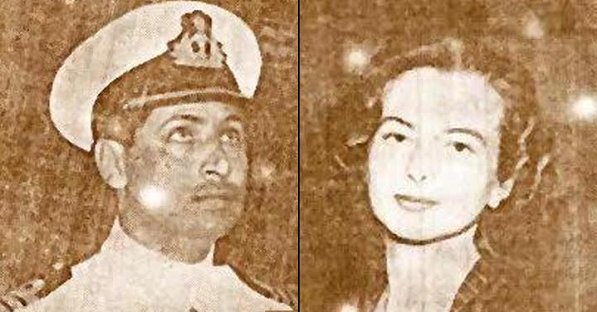
4. Mary Roy vs State of Kerala – Daughters became equals
Mary Roy, mother of Arundhati Roy, had decided to challenge the inheritance act when her father passed away without leaving a will. The Travancore Christian Succession Act, 1092, stated that if a man died without leaving a will for his daughter, she would not be entitled to anything. A son, however, would get the property.
Mary Roy invoked Article 14 and fought for equality in property rights. Not just for herself, but for all Syrian Christian women. The Supreme Court ruled that the Indian Succession Act, 1925, be applied to Christians in Travancore and Cochin too.
The act recognized equal succession rights for sons & daughters, making it a huge win for Mary and the entire community.
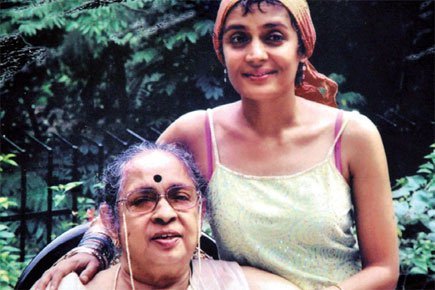
5. Mathura – The Minor who brought about a major change
On the night of 26th March, 1972, Mathura, a tribal girl, was called to the police station on account of her brother lodging a complaint against her boyfriend. The officers at the station raped her and then let her go. Mathura decided to file a rape case against the constables.
The Supreme Court, however, ruled in favour of the policemen assuming it was ‘peaceful or consensual’, stating that there were no signs of struggle on Mathura’s body and that she did not raise any alarm. But Mathura said that they had threatened her into submission.
There was a huge public uproar and the case finally forced an amendment in the Criminal Law Act, 1983. The amendment meant that custodial rape was a punishable offence and the method to deal with ‘consent’ was henceforth included under India’s rape laws.
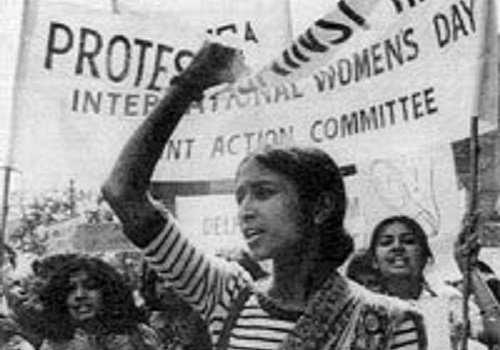
6. Vishakha & others vs State of Rajasthan – Created laws that protects women from sexual harassment at their workplace
In 1992, Bhanwari Devi, a social worker, was gang raped in a village in Rajasthan, only because she tried discouraging a family’s efforts to wed their one year daughter. She filed a case and received a lot of support from NGOs. Although their efforts didn’t help her cause directly, what they did helped women all over the country.
It led to the Supreme Court announcing a prime verdict that helped protect women from sexual harassment at their workplace which by extension also helped establish gender equality. Before 1997, there were no guidelines to deal with such cases at a workplace.
As of April 2013, The Sexual Harassment of Women at Workplace (Prevention, Prohibition and Redressal) Act, 2013 has been established, and the Vishakha Guidelines were certainly very crucial in making the new law effective.
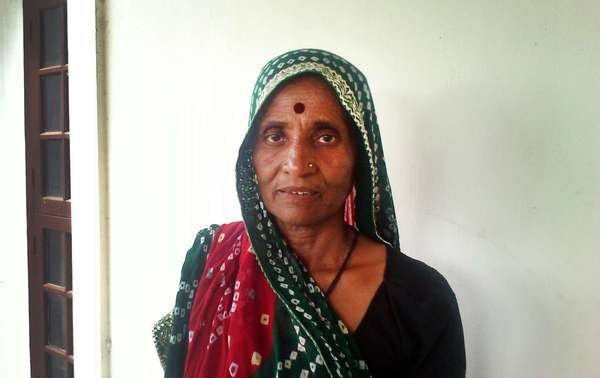
7. Rajagopal vs State of Tamil Nadu – Extended the boundaries of right to privacy for media & the freedom of expression
In 1994, A prisoner had been convicted of murder and wrote an autobiography. He asked a weekly magazine in Madras to publish it, and they decided to go ahead with it. The autobiography had details of the murder and the fact that many senior officials were also involved.
The officials, obviously scared, claimed the story to be false and sued the publication for libel & defamation. But the Supreme Court ruled in favour of the media house, stating that public officials can only sue publishing houses if the published material was untrue.
This judgement for Rajagopal vs State of TN upheld freedom of expression and the right to privacy.


















